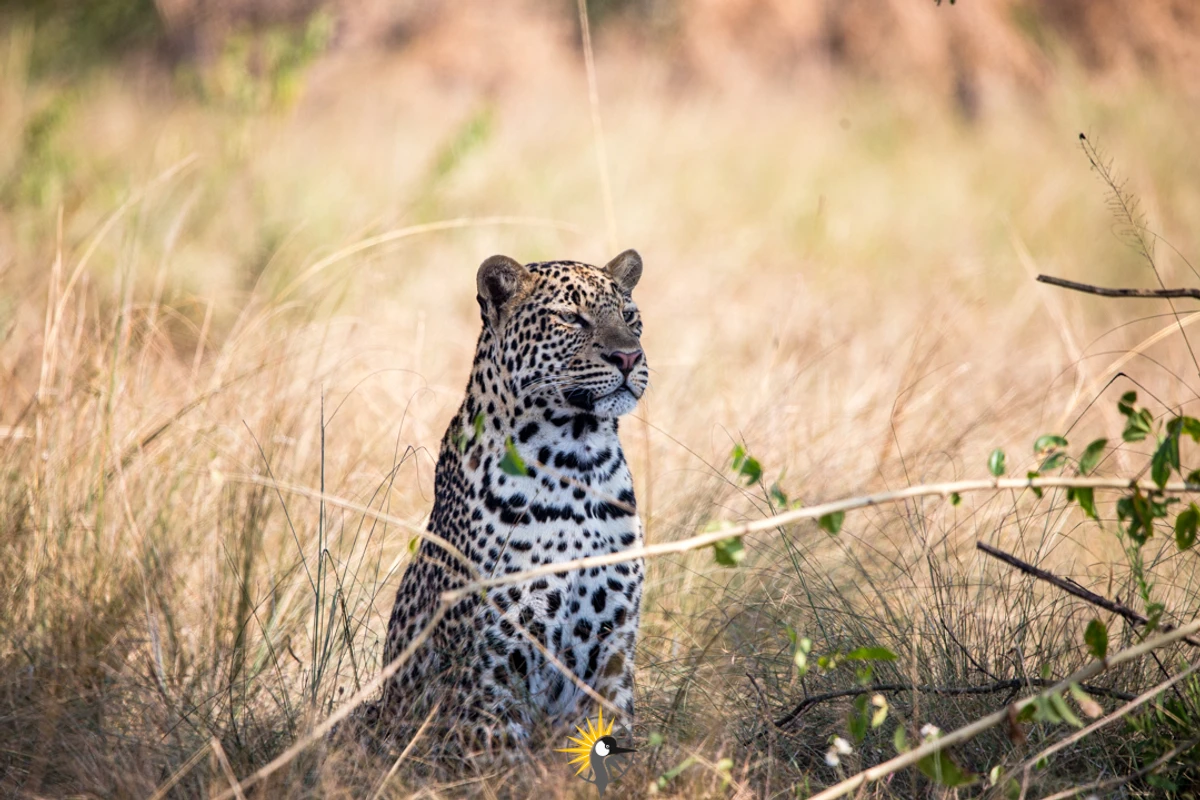The forest is silent, save for the rustling of leaves as the wind whispers through the trees. Suddenly, out of the shadows, a spotted figure emerges. It moves with unmatched grace and quiet confidence, its golden coat shimmering under dappled sunlight. This is the leopard (Panthera pardus), a creature of mystery and majesty.
Leopards are the embodiment of stealth and strength, elusive hunters that thrive in some of the world’s most challenging environments. Revered across cultures and continents, they are symbols of power, resilience, and beauty. But what makes the leopard so special, and why should it be on your wildlife bucket list?
Let’s delve into the fascinating world of the leopard, exploring its habits, habitats, and the thrilling opportunity to see it in the wild.
Nature’s Perfect Predator
Leopards are one of the five big cats in the genus Panthera, alongside lions, tigers, jaguars, and snow leopards. Known for their spotted coats and exceptional adaptability, they are found across Africa and parts of Asia, inhabiting environments as diverse as savannahs, forests, mountains, and even deserts.
What Do Leopards Look Like?
A leopard’s most striking feature is its coat. Covered in rosettes—rose-like patterns that blend beautifully with their surroundings—this coat is a masterpiece of natural camouflage. Their bodies are lean and muscular, built for power and agility, enabling them to leap up to 10 feet vertically and run at speeds of up to 58 kilometers per hour (36 mph).
Their eyes, a piercing gold or green, are perfectly adapted for nocturnal hunting, giving them an edge in the dark.
Solitary and Stealthy
Unlike lions, which live in prides, leopards are solitary animals. They establish territories that they mark with scratches on trees, urine, and vocalizations.
Masters of Ambush Hunting
Leopards are ambush predators, relying on stealth rather than speed to catch their prey. They patiently stalk their target, blending seamlessly into their environment, before launching a sudden, lethal attack.
Their diet is highly varied, including antelopes, deer, monkeys, rodents, and even birds. After a successful hunt, they often drag their kill up into trees to protect it from scavengers like hyenas and lions—a behavior unique among the big cats.
Mysterious Night Stalkers
Leopards are predominantly nocturnal. At night, they roam their territories, their movements almost ghost-like as they navigate through thick vegetation or rocky outcrops. This elusive nature makes them one of the most challenging animals to spot in the wild, adding an air of mystery to any leopard sighting.
The Social Lives of Leopards
While leopards are mostly solitary, their interactions especially during mating season are fascinating to observe. A male leopard will roam across multiple female territories, seeking mates while also avoiding confrontations with rivals.
A Mother’s Devotion
Female leopards are dedicated mothers, raising their cubs alone. After a gestation period of about three months, they give birth to 1-3 cubs, usually in a secluded den. The cubs stay with their mother for up to two years, learning essential survival skills such as hunting and climbing.
This maternal bond is profound, and a mother leopard’s ability to protect and teach her cubs is nothing short of remarkable.
Leopards in Myth and Culture
The leopard has long been a symbol of power and elegance in human culture. From African folklore, where it is often portrayed as a cunning and fearless creature, to its role in Asian art and mythology, the leopard’s allure is universal.
In many African communities, leopards are seen as sacred or royal animals. Kings and chiefs often adorned themselves with leopard skins to signify strength and authority.
Where to See Leopards in the Wild
Seeing a leopard in its natural habitat is a dream for many wildlife enthusiasts. While they are notoriously elusive, certain destinations offer excellent opportunities for sightings.
Queen Elizabeth National Park, Uganda
Queen Elizabeth National Park, home to a remarkable population of leopards. The park’s open savannahs and forested gorges provide the perfect setting for these big cats.
Highlight: The Ishasha sector of the park is famous for its tree climbing lions, but leopards can also be spotted resting on tree branches or prowling through the undergrowth.
Akagera National Park, Rwanda
Rwanda’s Akagera National Park is a hidden gem for big cat lovers. While gorilla trekking often overshadows Rwanda’s other wildlife, Akagera offers an incredible chance to see leopards in the wild.
Pro Tip: Take a night game drive for the best chances of spotting these nocturnal predators.
Serengeti National Park, Tanzania
For a truly iconic safari experience, head to the Serengeti. The park’s vast plains and kopjes (rocky outcrops) are ideal leopard habitats, and sightings here are often unforgettable.
The Leopard’s Fight for Survival
Despite their adaptability, leopards face numerous threats. Habitat loss, human-wildlife conflict, and poaching have caused their populations to decline in many regions. Some subspecies, like the Amur leopard, are critically endangered, with fewer than 100 individuals remaining in the wild.
The Role of Tourism in Conservation
Visiting national parks and reserves where leopards live contributes directly to their conservation. Tourism generates revenue for anti-poaching efforts, habitat restoration, and local community projects that reduce human-leopard conflict.
Planning Your Leopard Adventure
Best Time to Spot Leopards
Leopard sightings are most likely early in the morning or late in the evening when they are most active. Night drives are particularly rewarding for spotting their glowing eyes in the dark.
What to Pack
Bring a good pair of binoculars, a camera with a zoom lens, and comfortable clothing for game drives. Leopard encounters are often brief, so being prepared ensures you won’t miss capturing the moment.
Why Leopards Should Be on Your Wildlife Bucket List
Leopards are the epitome of wilderness mysterious, powerful, and breathtakingly beautiful. Watching one move through its natural habitat is like witnessing nature’s poetry in motion.
Every leopard sighting is a unique experience, a fleeting moment of connection with one of the most elusive creatures on Earth. Whether it’s perched majestically on a tree branch or prowling silently through the grass, the leopard leaves an indelible mark on your soul.
Are you ready to embark on an adventure to see these incredible big cats? Book your safari today and immerse yourself in the magic of the wild.









